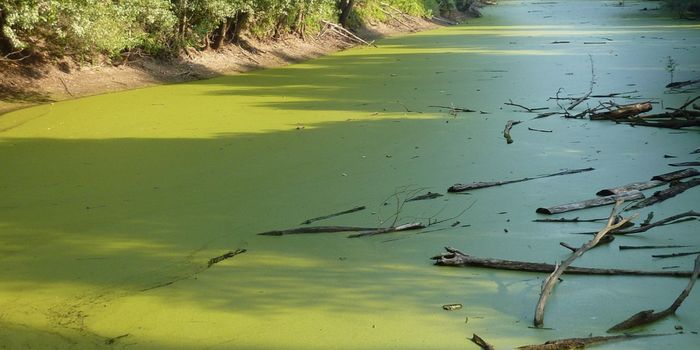Expanding Viral Populations May be More Adaptable Than We Knew
In nature, many kinds of growing populations, from bacterial colonies to humans, tend to physically expand. In pulled expansions, the individuals at the perimeter are pioneering the expansion. But in pushed expansions, the outward movement is driven from within. Researchers set out to learn more about how viral expansions occur in infected tissues, and whether they can transition from the pulled state to the pushed.
In this work, which was reported in Physical Review X, the sccientists found that as viruses expand, there was a transition; at first, the viral particles on the leading edge of the expansion pulled the expansion, but after a while the expansion was pushed ahead by viruses within the infected region.
So-called pushed waves of expansion can hold on to genetic diversity for longer periods than populations that are pulled, a phenomenon that was found to be true of viral expansions. Viral expansions may, therefore, be evolving more than was known. This work may help researchers predict this evolution in infected organisms.
"Pushed expansions are normally observed in populations that display cooperative behavior, like herds of animals. Yet, no cooperation among these viruses is known to occur," noted first study author Michael Hunter of the Cavendish Laboratory at Cambridge University.
The researchers used a bacteriophage called T7 that infects Escherichia coli cells to show that viral infections in tissues went from a pulled to pushed expansion. Even though viruses can't talk to one another, they can create pushed waves. This involves signaling among virus-infected cells.
"Our observations show that the transition from pulled to pushed expansions spontaneously arises from the feedback between virus and host dynamics, whereby the viral dispersal depends on the host density, which, in turn, is continuously modified by the virus as the expansion advances," added Hunter.
The researchers suggested that two mechanisms are involved in this process. One involves volume; physical obstacles can prevent viruses from diffusing through host tissues in a dense environment. Another is related to the time the virus needs to grow in the host cell; viruses may have to incubate for a period before they're able to diffuse.
"Our results point to the phage-bacteria system as a highly controllable platform to experimentally investigate the dynamics of expanding populations with density-dependent dispersal," noted senior study author Dr. Diana Fusco, also from the Cavendish Lab.
"Beyond phages, our findings show that viral expansions can retain genetic diversity much longer than previously thought, suggesting that viral populations expanding in an infected organism may be very adaptable to changes in the environment. This realization will help in building better models for viral growth and evolution in infected tissues and organisms."
Sources: AAAS/Eurekalert! via University of Cambridge, Physical Review X



![Master Lab Weighing: Accuracy, Compliance & Audits [eBook]](https://d3bkbkx82g74b8.cloudfront.net/eyJidWNrZXQiOiJsYWJyb290cy1pbWFnZXMiLCJrZXkiOiJjb250ZW50X2FydGljbGVfcHJvZmlsZV9pbWFnZV85MWRmZmRjMDIwNDBlMWJjMzYwN2ZiYWY2ZjI4ZGMzYzBmZGMwZGMyXzkxOTcucG5nIiwiZWRpdHMiOnsidG9Gb3JtYXQiOiJqcGciLCJyZXNpemUiOnsid2lkdGgiOjcwMCwiaGVpZ2h0IjozNTAsImZpdCI6ImNvdmVyIiwicG9zaXRpb24iOiJjZW50ZXIiLCJiYWNrZ3JvdW5kIjoiI2ZmZiJ9LCJmbGF0dGVuIjp7ImJhY2tncm91bmQiOiIjZmZmIn19fQ==)




